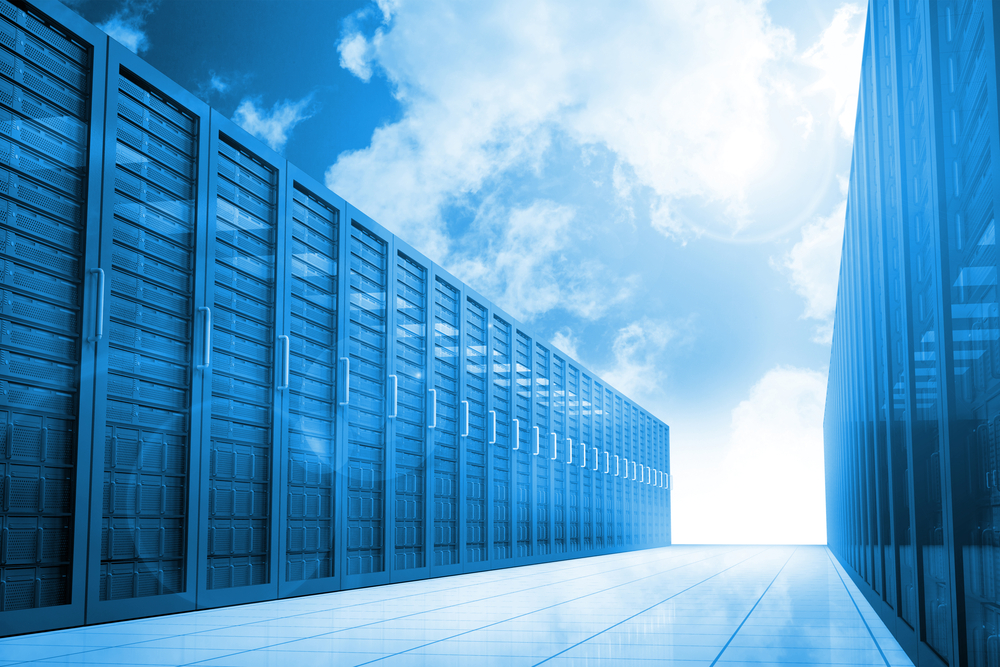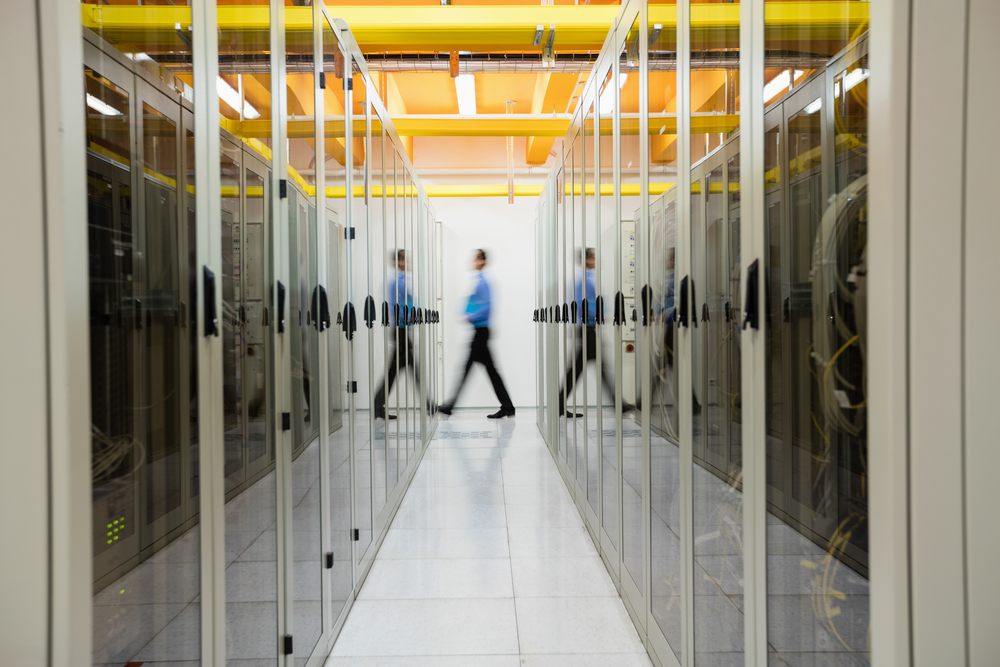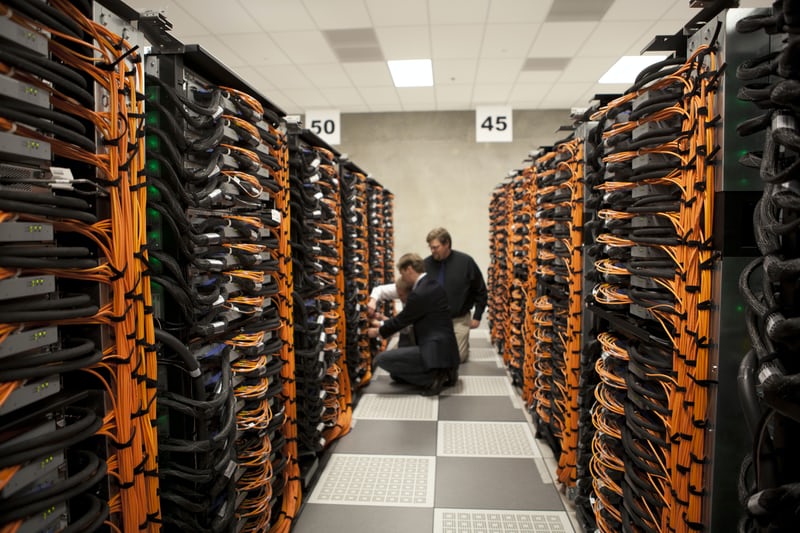
In talking to many clients throughout my career, one of the top trending things I have heard is about swapping out their storage hardware. Even more specifically, that they get bombarded from the OEM of whatever their current hardware is to swap out their current system to the latest and greatest one, which also comes at a pretty hefty price tag, as many can attest to.
The trouble is, that is NOT the only solution. Many pieces of hardware are viable for use long after the OEM is onto their next generation or two of equipment. This comes in the form of upgrades. Whether it be disk or tape based storage, there is quite often a number of viable upgrades or alternatives to buying brand new hardware from an OEM. Let’s dive into tape storage first.
When looking at the evolution of tape drives over the last decade or so, we have seen advancement from the LTO-5 and LTO-6 technology, released in 2010 and 2012 respectively, to now being in the LTO-8 and LTO-9 technology, released in 2017 and 2021 respectively. As I write this, there are already plans for LTO-10 through LTO-14 in the works, though any release dates have yet to be announced. However, based on the history of LTO technology, we can say that it’s anywhere from 2 to 4 years between releases. This means we could very well expect to see LTO-10 by 2025, if history holds true.
However, let’s focus for a moment on what we currently see in the market. As LTO-9 is still very new and only really available as new from the OEM at this point, we can disregard this for the purposes of this article. So let’s look at LTO-7 and LTO-8 as possible upgrades over what you may currently have. The differences in storage capacity and speed are absolutely staggering. There are many tape libraries out there that will accept LTO-8 tape drives without having to upgrade the library itself. A great example would be the Quantum Scalar i500. This is a library we see very frequently, and it supports anything from LTO-3 all the way up to and including LTO-8. A lot of what we see right now falls in the LTO-5 or LTO-6 range, when it comes to this machine.
What would an upgrade to LTO-8 look like? Well, when compared with LTO-6, these are the specs: a single LTO-6 tape cartridge can store 2.5TB of data natively or 6.25TB of data compressed. It can read and write at a maximum of 160Mb/s natively or up to 400Mb/s compressed. Pretty impressive. However…a single LTO-8 tape cartridge can store 12TB of data natively and up to 30TB of data compressed. And it can do this all while reading and writing at 360Mb/s natively and up to 900Mb/s compressed!! So, in a library like a Quantum Scalar i500 which, without expansions, runs two tape drives and has the capacity for 41 tape cartridges, you are going from a maximum storage capacity of 102.5TB native or 256.25TB compressed all the way up to 492TB native or 1,230TB compressed. That is almost 5x the amount of storage, while reading and writing at almost 2.5x the speed. All from just upgrading two tape drives instead of an entire system.
Ok, so in all fairness, I do work on tape storage hardware a lot so I get pretty excited about the possibilities. But let’s switch gears and look at disk storage for a moment. While there are many different ways that disk storage systems work, one of the greatest advantages to them is that pretty much all of them are upgradeable/expandable in some way. In some cases, like with a Dell Compellent system, this may just involve adding an extra disk shelf (or more) populated with hard drives and then attaching it to the host controller. This could add terabytes of space to your data pool in mere moments, without the need for costly system replacement.
In other cases, like a Dell EqualLogic, you can upgrade the storage space or speed simply by changing your hard drives to larger capacity or upgrading from spinning drives to SSD’s. Depending on your system, you could even end up with both - SSD’s that are both faster AND higher capacity than your current spinning hard drives. The process by which any type of upgrade would happen is obviously tailored to the individual environment the system is in and the needs of the given client.
And that’s where Top Ten USA comes in. Simply put, our goal is to provide solutions for our clients outside of just “replace the system with a new one”. Whether it be disk or tape storage, we have specialists that are happy to talk to you about your individual needs and budget and provide a couple of appropriate solutions to match. Nowhere else will you find the care and individualized service you can expect from TTU. No matter your budget or needs, we will always take the time to work with you to find the best solution possible.

This is an age-old discussion in the IT industry. Often it seems that it is made out to be an either/or ...

“Tape storage? That’s so outdated!” So goes the judgement in today’s IT world, with cloud infrastructure...

The 2023 economy is setting up to be a tricky one to forecast. Political turmoil, stock market and inves...